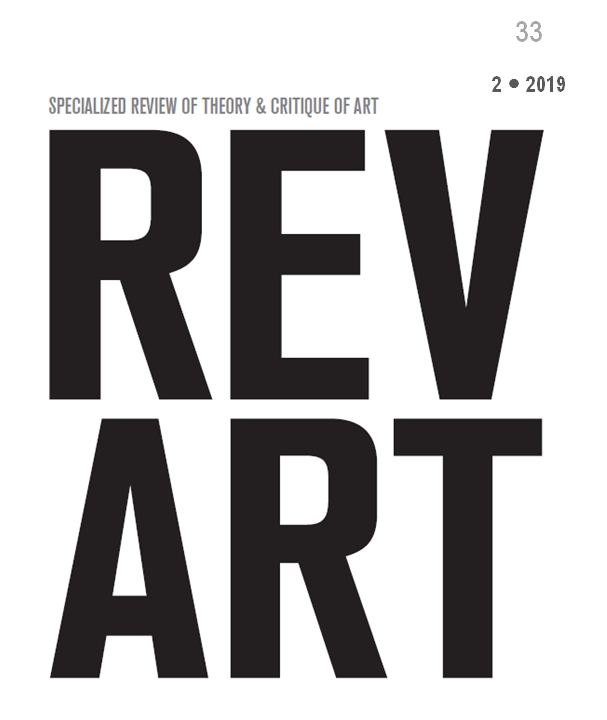FEATURES OF THE COMPOSITIONAL LANGUAGE
IN HENRYK GÓRECKI’S MISERERE
FEATURES OF THE COMPOSITIONAL LANGUAGE
IN HENRYK GÓRECKI’S MISERERE
Author(s): Alexandra Belibou, Petruţa Maria CoroiuSubject(s): Fine Arts / Performing Arts, Music, History of Art
Published by: Editura Eurostampa
Keywords: Contemporary Music; Polish Music; Henryk Górecki;
Summary/Abstract: The social and political changes in Poland in the 1980s offered much more freedom to explore spirituality through art. Górecki wanted to reflect his catholic belief in minimalist sonorous creations. His effort to incorporate more folklore materials and religious texts in his musical creation is a conscious attempt to speak directly to the Polish people. Górecki’s music expresses his will to communicate in a Polish voice – dealing with Poland’s problems, rising with dignity above the difficulties of a dark past. Considering this, his work Miserere (1981), opus 44, which is the focus of this paper, must be examined in the context leading to its creation.
Journal: REVART
- Issue Year: 33/2019
- Issue No: 2
- Page Range: 19 - 27
- Page Count: 9
- Language: English
- Content File-PDF

